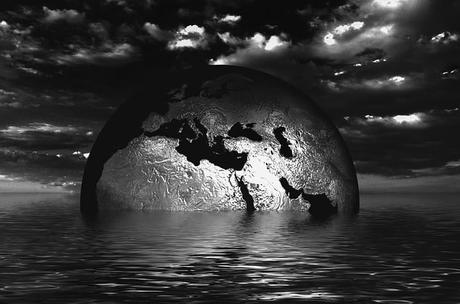The America chemistry council announced in September 2018 that the petrochemical industry is looking forward to over $200 billion on factories, pipelines, and other social amenities in the U.S. that will depend on shale gas. The construction and other plans are already being made in many sites.
This seems exciting for America chemistry as further evidence that shale gas is a powerful engine of manufacturing growth, has been shown over time. ”The U.S. remains the most attractive place in the world to invest in chemical manufacturing. We look forward to continuing to transform energy into a stronger economy and new jobs.” Said president and CEO Cal Dooley.

This building carousal would really expand the gulf coast’s petrochemical corridor locally known as “Cancer Alley“, and create a new plastics and a petrochemical belt across states like Pennsylvania, West Virginia, and Ohio.
The analysts predicted that the U.S. would change from being one of the highest cost producers of plastics and chemicals in the world to the world cheapest producer, using raw materials and energy basically from fracking gas wells in states like Texas, West Virginia and Pennsylvania.
This petrochemical plans could have a visible consequence for a planet that already has enough warming, and also has a dangerous cascade of other impacts from climate change.
All these issues of construction came up as Trump administration works to deregulate America industry and roll back pollution controls, putting the U.S at stake with the world effort to slow down climate change. As announced by Trump in June 2017, that the U.S. had fully implemented all of the 2015 Paris agreement and make plans to fully withdraw. America is now the world’s only state refusing participation in global agreement to reduce climate change.
What makes America’s refusal to participate in the Paris agreement so significant is because the petrochemical industry expansion is mostly funded by foreign investors, and most of the new U.S infrastructure will be built outside of greenhouse gas agreement thereby affecting the rest of the globe.
If the new plastic and petrochemical plants are approved by the America policymakers, with little regards to reducing climate change and fossil fuel use, and environmentalist warns that they will be green-lighting hundreds of billions of dollars invested into projects with high possibility of becoming stranded assets.
From Rust Belts to Plastic Belt
The Rustbelt state of Ohio, West Virginia, Pennsylvania and New York, is where most of the largest and most expensive petrochemical project in the U.S. are planned, these regions have suffered for decades from the fall of domestic steel industry but has relatively little experience with the kind of petrochemical complexes that are now primarily found on the Gulf coast.
The China Energy Investment Corp, In November 2017, signed a memorandum of understanding in construction that cost about $83.7 billion dollars with West Virginia in plastics and petrochemical for over the next 20 years.
The petrochemical industry’s interest is spurred by the facts that wet gas supplies is significant in Marcellus and Utica shale’s. This wet gas is often treated as a footnote in the discussion of fracking, which focuses more on, methane gas, also called as “dry gas “by the industry not mind all of the other hydrocarbons like ethane, propane, and butane that come from the wells.
The wet fossil fuels and chemical feedstocks are generally referred to as “natural gas liquid” or NGLs, simply because they are delivered to customers in liquid form. Ethane can represent a good amount of the fossil fuel from a shale well mainly in Marcellus. Based on data reported by the American Oil and Gas Reporter in 2011, Marcellus wet gas wells can produce about 35 gallons of ethane.
The U.S ethane production is forecast and projected to grow well by 2022, they should be able to produce roughly 800,000 barrels of ethane per day, unlike the production of 470,000 barrel per day in 2017, according to energy consultant RBN Energy.
Chemical and the climate
The petrochemical and plastic industries are notoriously polluting, both in toxic air pollution, plastic waste and greenhouse footprint- which affect the U.S and the whole world
“The chemical and petrochemical sector is by far the largest industrial energy user, accounting for roughly 10 percent of total worldwide final energy demand and 7 percent of global [greenhouse gas] emissions,” reported by the International Energy Agency in 2013.
The emission of carbon from the petrochemical industries is expected to increase by 20% in 2030, (more like a decade to come) concluded in the IEA report released October. Few days after the report, the United Nations Intergovernmental Panel on Climate Change warned that in order to achieve the goal of reducing global warming to a less disastrous level of 1.5 degree Celsius, the world needs to have reduced its greenhouse gas pollution by 45% from 2010 level.

